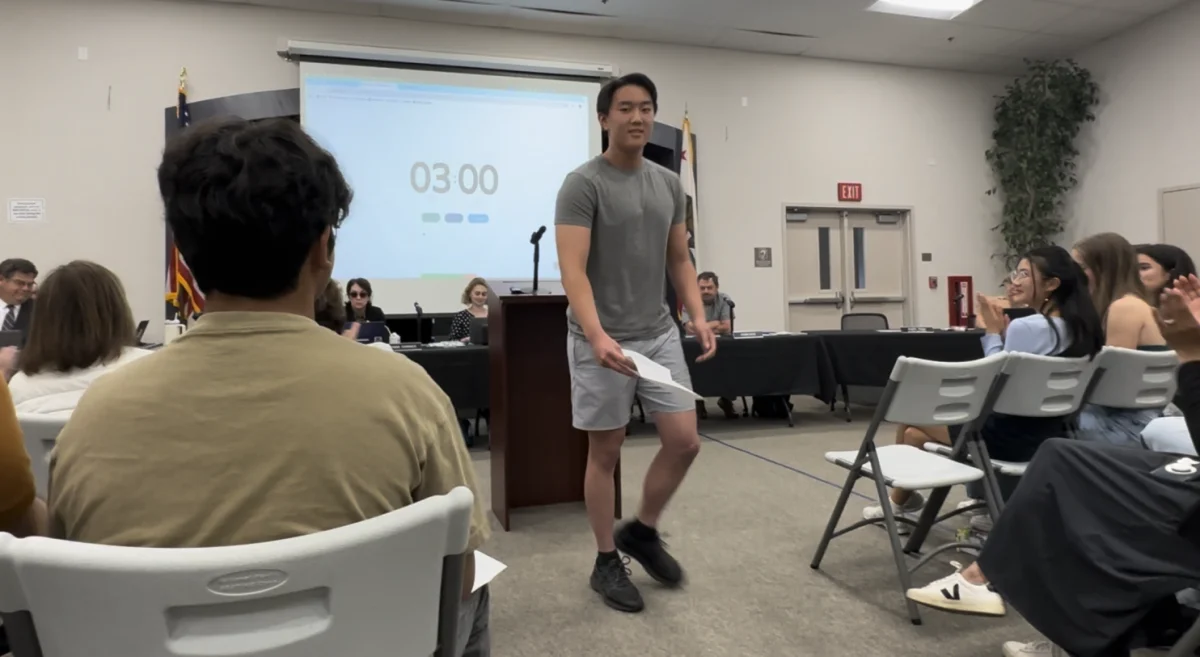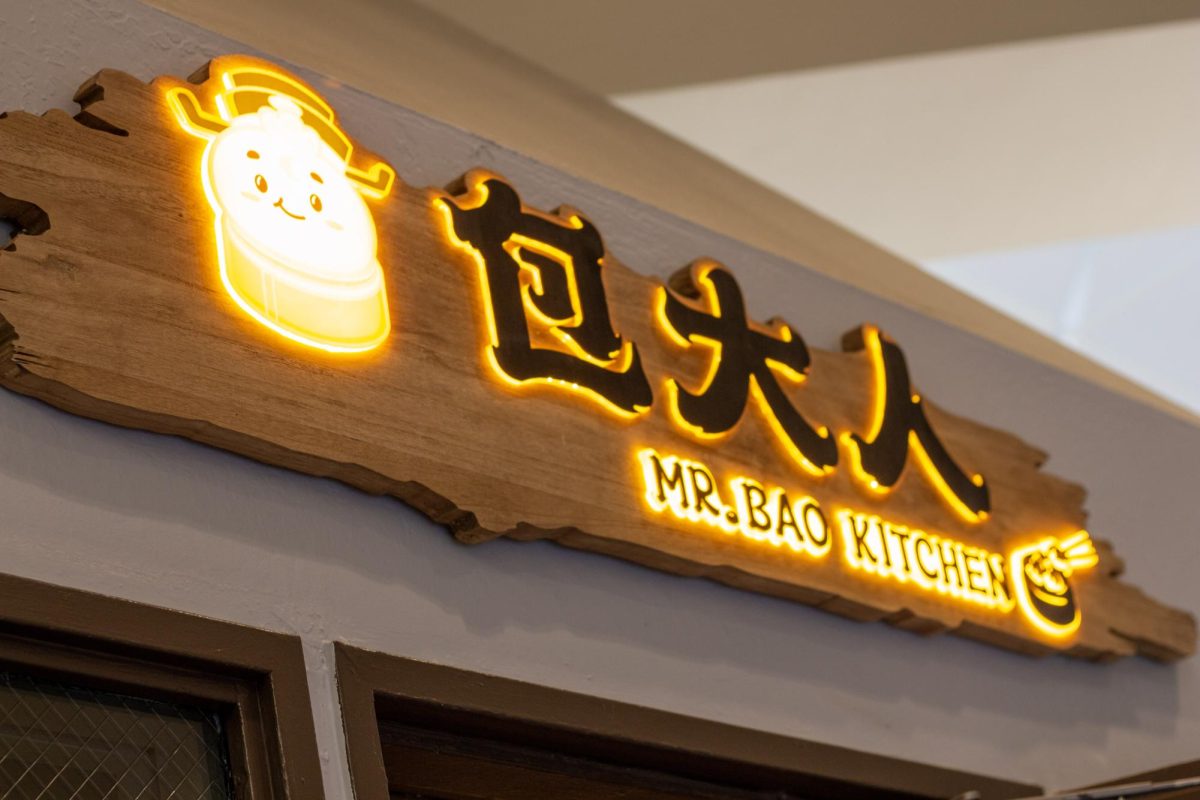On June 3, Californians will head to the polls to vote in this year’s primary elections. However, primaries in California differ from those in many other states. Rather than voting for candidates by party, voters choose from the entire pool and the top two advance to the general election. This is known as a nonpartisan blanket primary. Since the new format has only been in place since the 2012 election, it is too early to tell whether the change was wise. However, this new kind of primary offers a valuable opportunity for students to learn about the political process free from the constraints of a party-specific primary.
This new system in California is relatively uncommon as it only applies to statewide and congressional elections. It is only used in two other states: Washington and Louisiana. Local and presidential elections, as well as those not based on party preference, do not use this system.
In traditional primaries, people vote in primaries specific to their party. So Democrats vote to choose the Democratic nominee, Republicans vote to choose the Republican nominee, etc. Then, the winner of each party’s primary advances to the general election where they run against each other.
Voting for the first time in this primary election system can be an especially daunting prospect because it requires choosing a political party. Many young voters haven’t decided which party, if any, they align themselves with. This makes voting in a traditional primary nearly impossible. Young voters are forced to either choose a party somewhat randomly or not vote at all.
In contrast, a nonpartisan blanket primary is not segregated by party. Rather, all the candidates, from every party, run against one another. Each voter can choose one candidate. Then, the two candidates with the most votes, regardless of party, go on to the general election. This means that two candidates of the same party could potentially compete against each other in the general election.
Under this system, voters can choose any candidate they want regardless of party. This presents an ideal situation for those voting for the first time. They should take the next few months to truly learn about all the candidates and issues at stake in this election.
Often, students pick the party their parents or friends are part of, rather than deciding which one best represents their views. In truth, two political parties cannot represent the views of all voters. Rather, by looking at smaller parties, students are more likely to find one they align with. This new system makes it possible for students to look at candidates’ positions based on their views only.
Voting is one of the most fundamental parts of living in a democracy. It gives citizens a voice in the way they are governed. In recent decades, the rate of youth participation has consistently gone down. If students expect their interests to be represented, they must participate in the electoral process. The nonpartisan blanket primary system provides an ideal opportunity for youth involvement. Students ought to take it as a chance to make an informed vote for the candidate of their choice in June.
However, the new model has caused a fair amount of controversy. Some argue that it can actually misrepresent voters. For example, if two people of the same party advance to the general election, there is no option for people who do not identify with that party. Additionally, there is a possibility for vote splitting, leading to a less popular candidate winning. For example, if one party has three candidates running and the other has only one, the first party’s votes may be split 3 ways. This could lead to the second party’s candidate winning even if they are less popular.
Despite these issues, there are many arguments that support this system, such as that it allows the candidates who have the most overall support to advance to the general election. In addition, it better represents the people and is less based on party structure, as opposed to traditional primaries.
Ultimately, it is too early to know whether California made the right choice in implementing a nonpartisan blanket primary. However, it is clear that this system offers a valuable opportunity for young voters.








